
What is Ashaya?
The literal translation of the Sanskrit word Ashaya in English is abode or home. In Ayurveda, however, we use the word Ashaya to refer to various sites in the human body that are considered crucial for the body’s proper function.
Additionally, in Ayurveda, there are seven different Ashaya common to men and women, with one additional Ashaya found exclusively in women’s bodies.
Types of Ashayas
The body’s systemic functions are smooth if all the seven entities, namely, Vata, Pitta, Kapha, Rakta, Ama, Pakwa, and Mutra, are present in their respective Ashaya.
| S. N. | Ashaya | According to Ayurveda | According to Modern |
| 1 | Vatashaya | Home or space for Vayu or Energy | The nervous system can be considered as Vatashaya. |
| 2 | Pittashaya | Home or space for Pitta or digestive juices and endocrine gland secretes | Similarly, all digestive glands, gall bladder, and endocrine glands in the body can be considered as Pittashaya. |
| 3 | Shleshmashaya | Home or space for for Kapha or exocrine gland secretes | Thus, the serous and mucous glands in the body, synovial cavities, chambers of Eye, Lacrimal gland, ventricles, pleural and pericardial, peritoneal cavities can be considered as Kaphashaya. |
| 4 | Raktashaya | Home or space for Rakta or blood | We can consider Liver and Spleen in foetal life, and only liver after birth as Raktashaya. |
| 5 | Aamashaya | Home or space for Ama or partially digested food | The stomach and duodenum can be considered as Amashaya because they are the site for partially digested food |
| 6 | Pakwashaya | Home or space for Pakwa anna or digested food | Similarly, the jejunum, ileum, and large intestine are where fully digested food is stored. Therefore, they can be considered as Pakwashaya. |
| 7 | Mutrashaya | Home or space for Mutra urine | The urinary bladder, where persistent storage of urine takes place, thus can be considered as Mutrashaya. |
| 8 | Gharbhashaya | Home or space for Gharbha or fetus. | Therefore, the uterus where the full development of the fetus takes place can be considered as Garbhashaya. |
Vatashaya
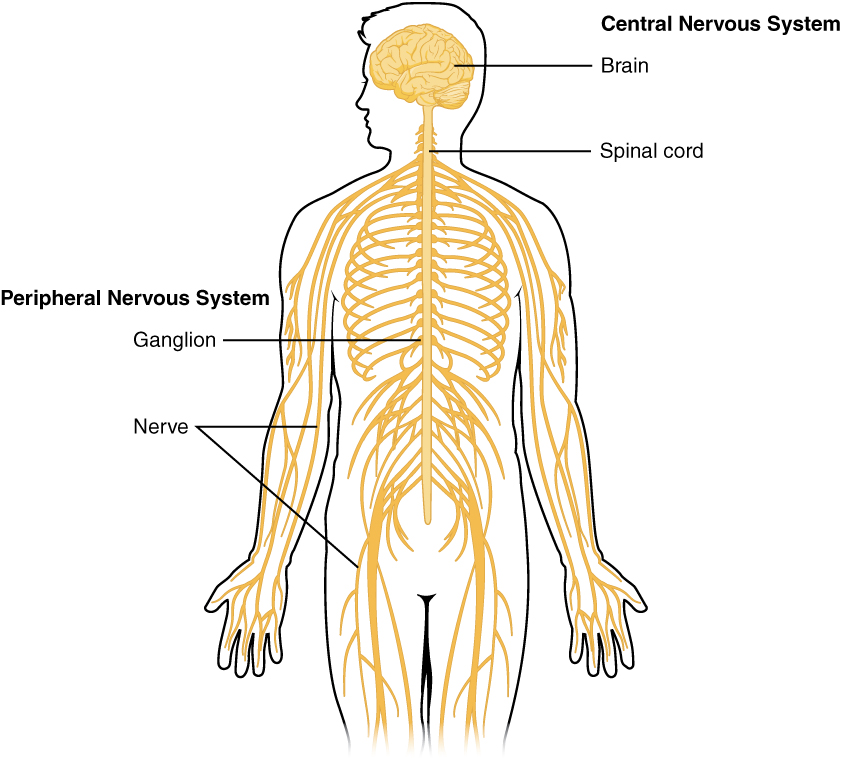
- Vatashaya is the site in our body for Vata. Ayurveda describes Vata as energy. Thus, Vatashaya is superior to all other Ashaya and controls all of them.
- The function of Vata in our body is similar to that of the nervous system in modern science.
- We know that the nervous system controls and coordinates every function in our body through the nerve message. Additionally, it is also responsible for the regeneration, healing, and repair of our bodies.
Pittashaya
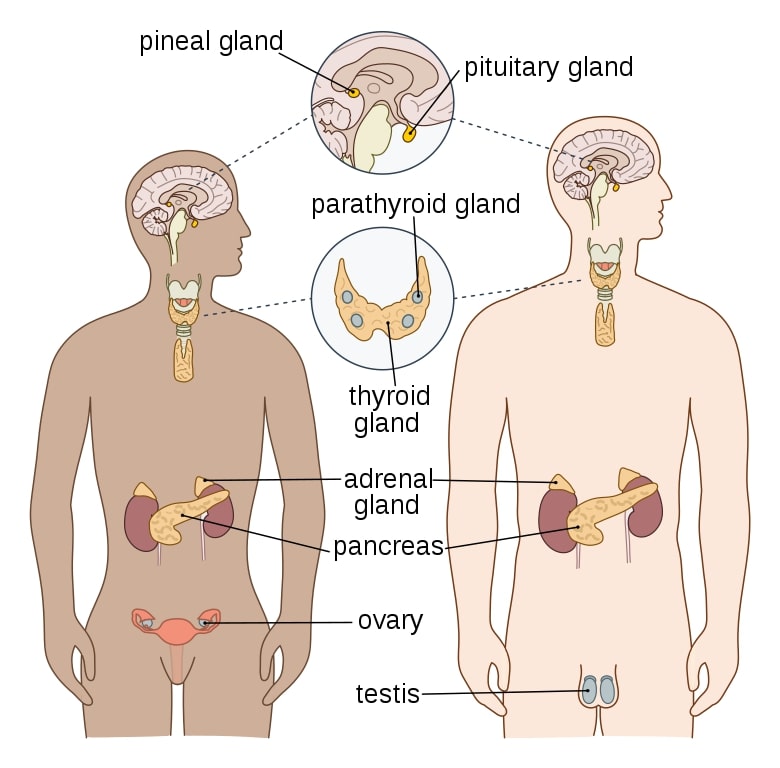
- Pittashaya is the siteof Pitta in the body, and the primary function of Pitta in our body is related to Pachana (sthula and sukshma ), i.e., digestion and cellular metabolism.
- Pitta prepares material to be absorbed or metabolized at macro or micro levels.
- However, if we compare it with modern science, we can consider the digestive glands, gall bladder, and endocrine glands as Pittashaya.
Kaphashaya
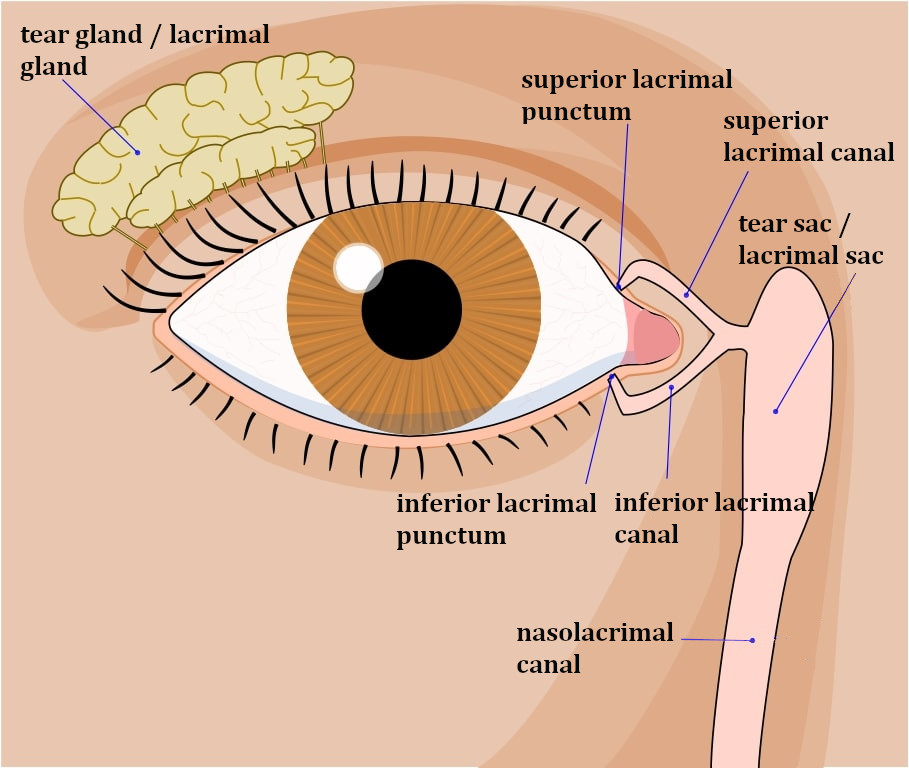
- As the name suggests, Kaphashaya is the siteof Kapha in our body, and Kapha is responsible for protecting various parts of the body.
- Moreover, the properties of this Ashaya are described as oily, liquid, and whitish. Thus, its functions are similar to the operations of various secretions in our body.
- We can consider the secretions of serous and mucous glands, lacrimal glands, CSF in ventricles, and fluids present in various cavities in our body as Kapha.
Raktashaya
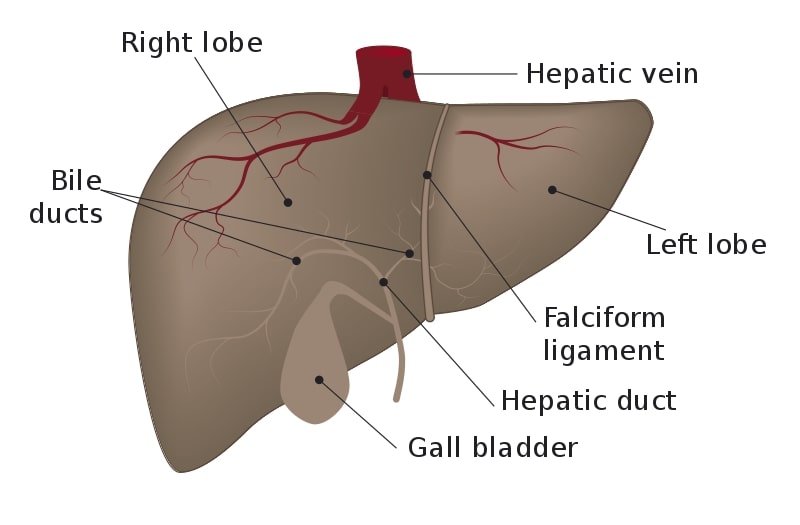
- Raktashaya is the site for Rakta in our bodies. Rakta is a Sanskrit word meaning blood in the English language.
- As per Ayurveda, Yakrut, and Pleeha, i.e., the Liver and Spleen, are two essential organs for the formation and storage of Rakta.
Amashaya
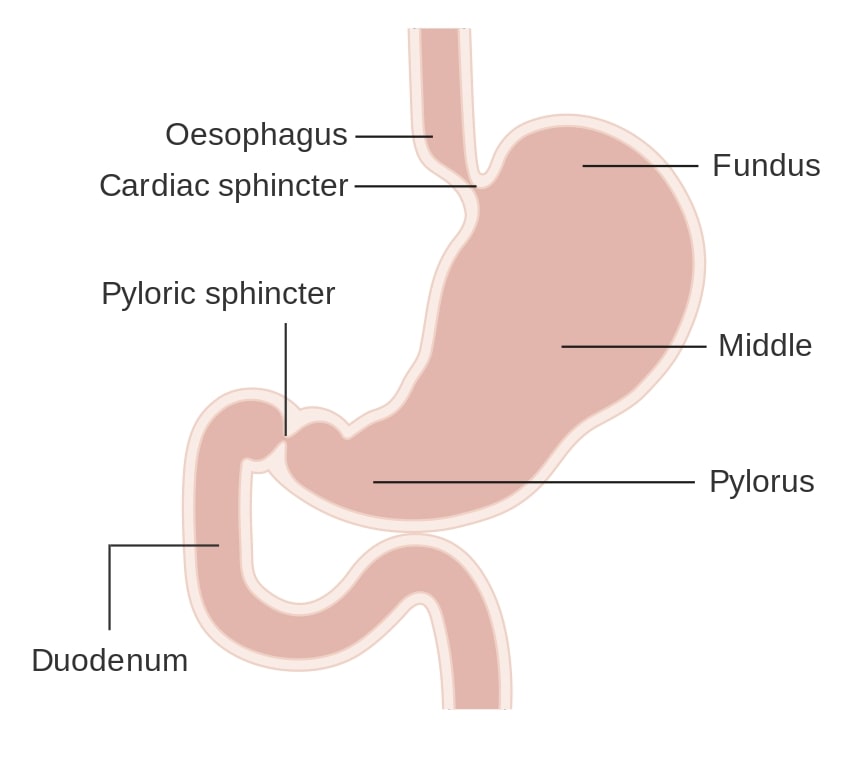
- As in Sanskrit, we use the term Ama to refer to partially digested food. Thus, Amashaya is the Ashaya or site for partially digested food in the body.
- According to modern science, the completion of digestion takes place in the duodenum. Therefore, we can consider Amashaya and graham, i.e., stomach and duodenum, respectively, as the site or Ama.
Pakvashaya
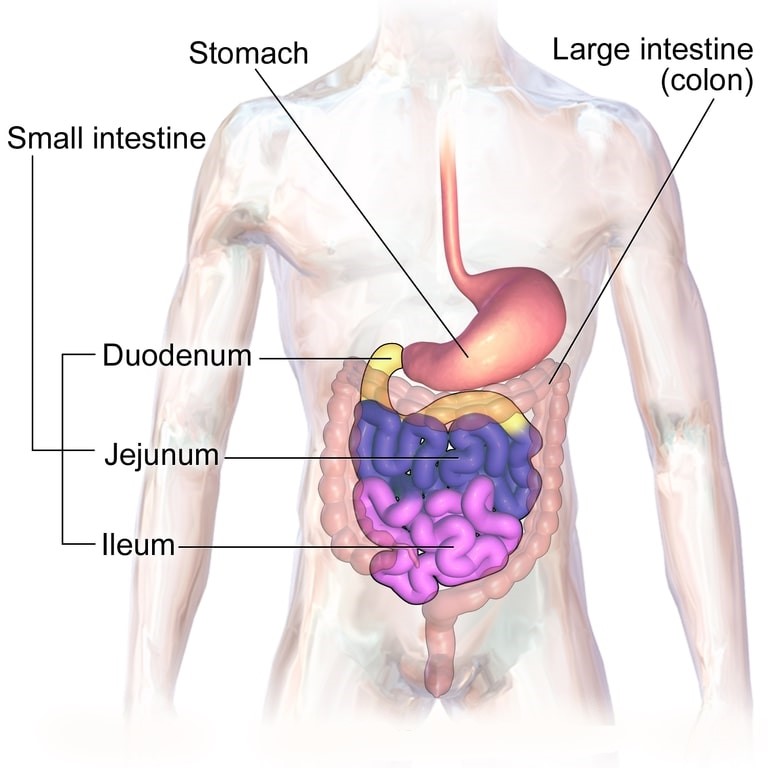
- The site for the storage of fully digested food in our body is Pakwashaya. However, the literal meaning of the Sanskrit word is ripe (it also represents the completion or final stage).
- Hence, we can consider the small intestine, except the duodenum and the whole large intestine, as the site for Pakva or fully digested food.
Mutrashaya
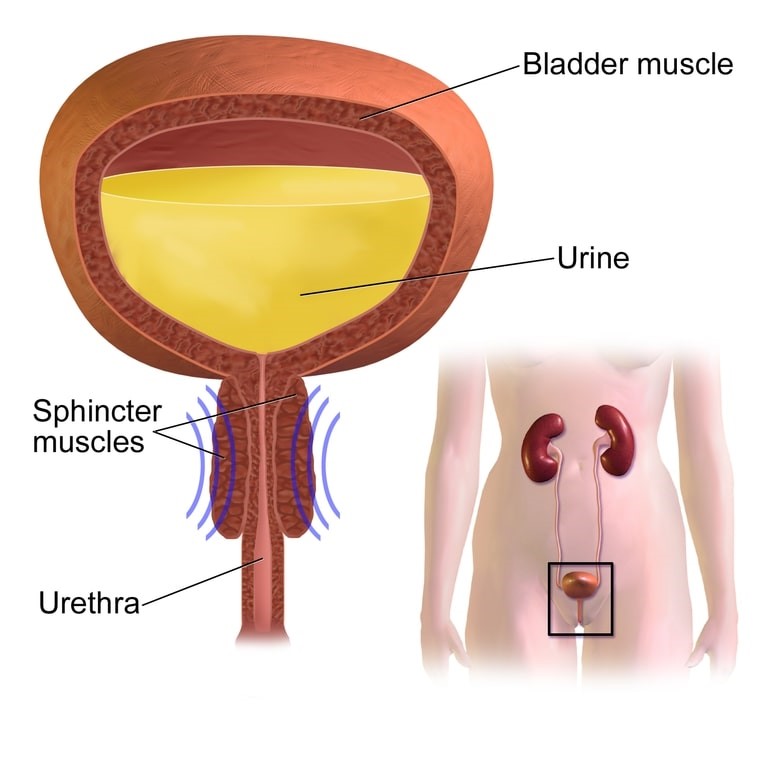
- The Sanskrit word Mutra means urine. Therefore, Mutrashaya is the site for the storage of urine or Mutra in our body.
- According to Ayurveda, the shape of Basti is like a gourd, and it is the site of Mutra. Besides Basti is also the site for continuous storage of Mutra.
- Therefore, from the shape and function of Basti, we can compare it with our urinary bladder.
Garbhashaya
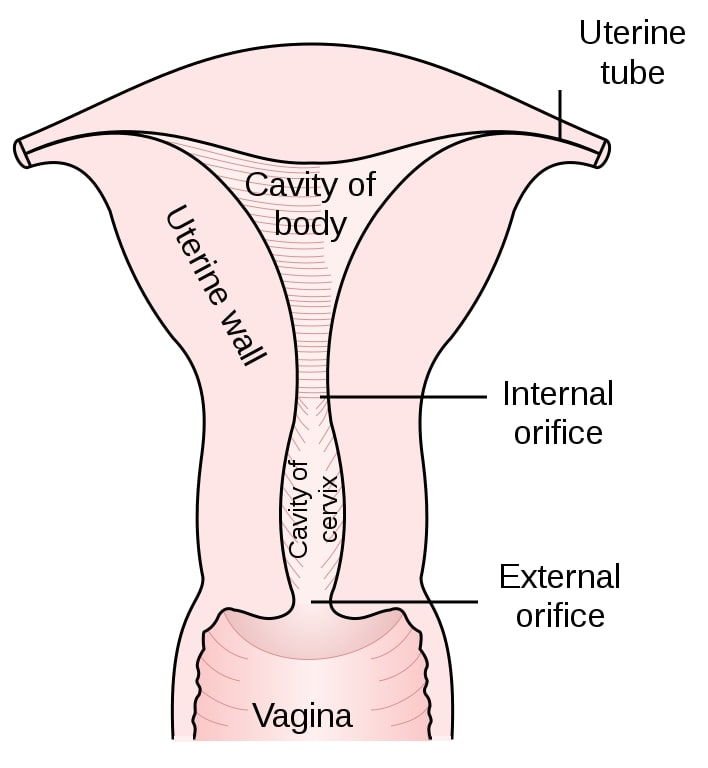
- It is the Ashaya which is exclusive only to women’s body.
- Garbhashaya is the site for Garbha in the body. In fact, Garbha is the Sanskrit name for the modern term fetus.
- Hence, from its description, we can compare Garbhashaya with the uterus in the female body, where the fetus remains during its gestation period.
checkout this article on easyayurveda website to read further more about Ashaya.
To summarize, the knowledge of Ashaya is crucial for tracking the status of the organs. Furthermore, it is beneficial for the proper diagnosis of diseases. Therefore, good balance in the Ashaya is essential for good health.